This post may contain affiliate links which means I will get a commission if you make a purchase at no additional cost to you. As an Amazon Associate I earn from qualifying purchases. Please read my disclosure for details.
If you’ve ever felt like your grocery bill keeps going up while the portions keep getting smaller, you’re not imagining things.
This phenomenon, known as “shrinkflation,” has been creeping into supermarkets across the U.S., affecting everything from your morning coffee to your favorite snacks.
Food companies reduce portion sizes while keeping prices the same—or even raising them—leaving consumers paying more for less. Let’s dive into 10 foods that have shrunk in size but skyrocketed in price.
1. Chocolate Bars
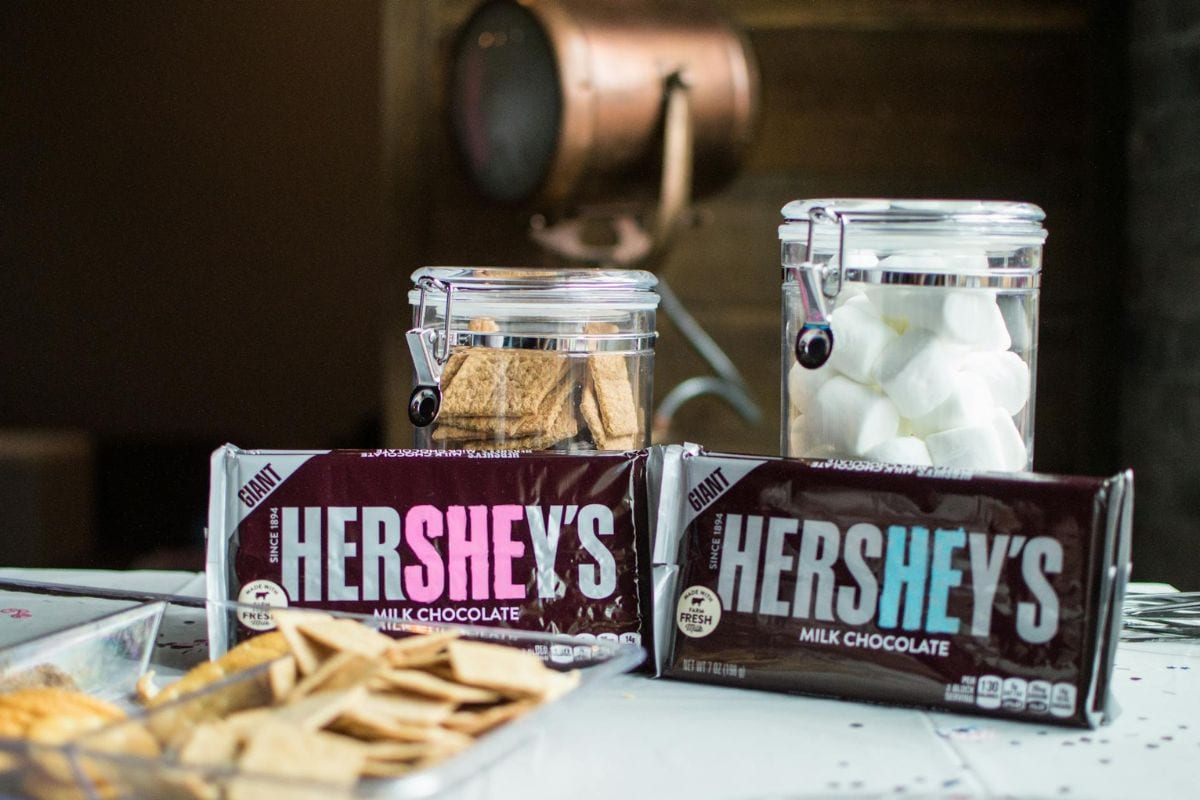
WANT TO SAVE THIS RECIPE?
Remember when a standard chocolate bar actually felt substantial in your hand? Over the years, major brands like Hershey’s and Snickers have quietly reduced the size of their bars while charging the same, or more, per unit.
Some have shaved off a few grams, while others have made bars thinner or increased air pockets inside. Yet, despite these reductions, the price per ounce has steadily climbed, making your sweet treat a little less satisfying.
Related Post: 12 One-Pot Meals Perfect for Busy Retirees
2. Ice Cream Containers
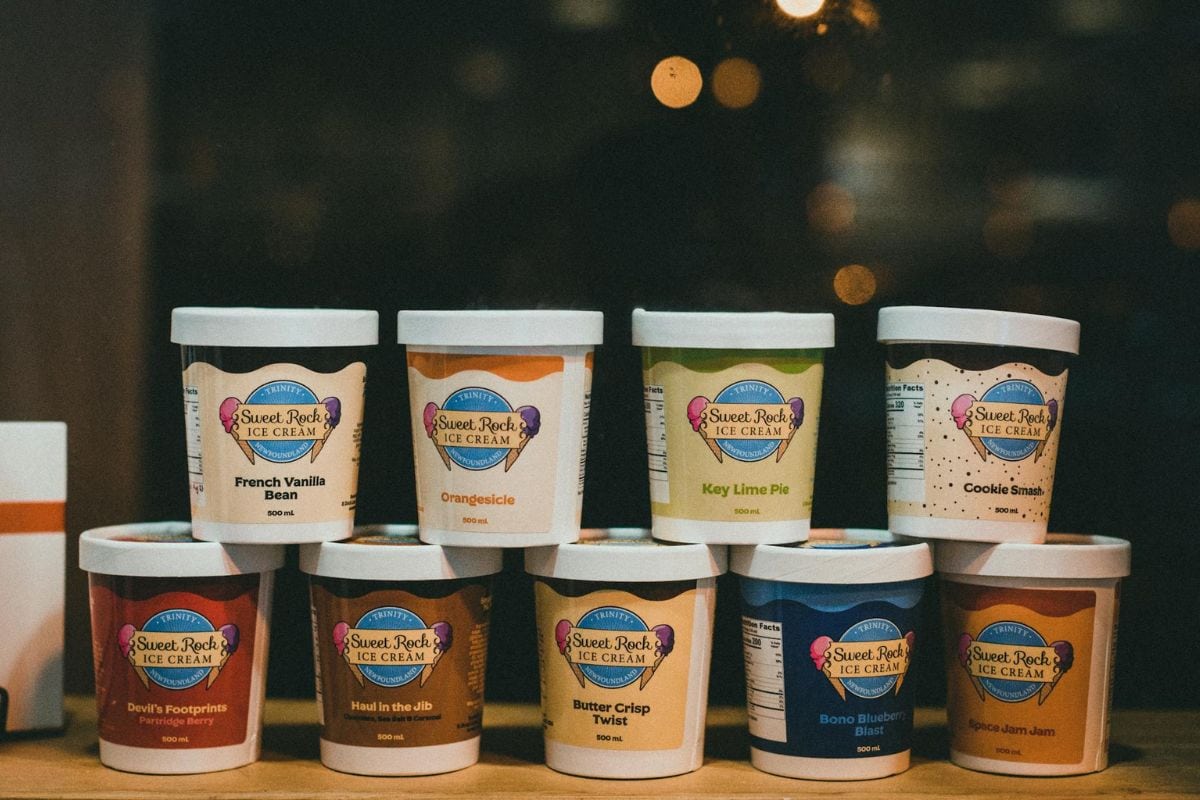
Once upon a time, a carton of ice cream was a full half-gallon, but many brands have downsized to 1.5 quarts—or even 1.4 quarts—without lowering prices.
Popular brands like Breyers and Häagen-Dazs have subtly reduced their container sizes while maintaining or increasing their costs. Some even whip more air into their products to make portions appear the same. If your ice cream scoops seem smaller these days, shrinkflation is to blame.
Related Post: 15 Quick Meals That Pack Bold Flavor in No Time
3. Cereal Boxes

That family-sized box of cereal you used to rely on for multiple breakfasts? It’s not so family-sized anymore. Major brands like General Mills and Kellogg’s have trimmed down both box size and the weight of their contents, sometimes reducing portions by up to 10%.
Meanwhile, prices continue to rise, meaning your morning bowl of cereal is costing more per serving than ever before. Even the “economy” sizes are shrinking while your grocery bill inflates.
Related Post: Your Picnic Might Be Doomed If You Pack These 11 Foods
4. Chips and Snack Bags

Open a bag of chips, and you’ll likely be greeted by more air than actual product. While the infamous “air in the bag” has always existed to prevent breakage, the weight of chips inside has gradually decreased.
Doritos, Lay’s, and other brands have cut down their serving sizes by a few ounces, all while charging more per bag. Fewer chips for a higher price? It’s a salty reality for snack lovers.
Related Post: 13 Worst Grocery Store Tricks Designed to Mislead Store Shoppers
5. Peanut Butter Jars
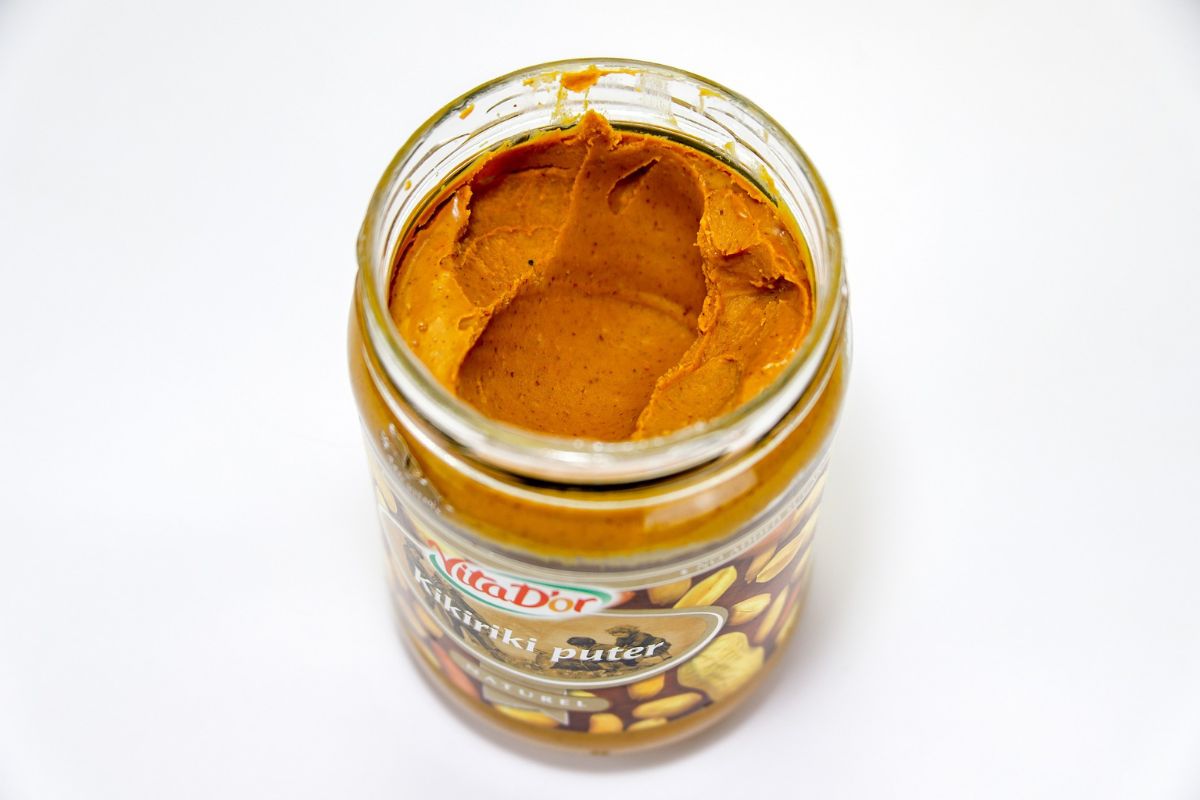
Peanut butter lovers might have noticed that jars have subtly started shrinking in both width and height while maintaining their iconic packaging design. Brands like Jif and Skippy have kept their jars looking the same at first glance, but a closer inspection reveals less product inside.
Combined with rising peanut costs, the price per ounce of peanut butter has steadily increased, making your PB&J habit a pricier affair.
Sign up now to receive our exclusive e-cookbook filled with top-rated recipes for FREE!
6. Coffee Bags

Your morning cup of coffee is getting more expensive, and it’s not just because of inflation. Many coffee brands, including Starbucks and Folgers, have quietly reduced their bag sizes from 16 ounces to 12 ounces while keeping prices the same—or even raising them.
That means you’re getting fewer cups of coffee per bag without any noticeable packaging changes. The next time you think your coffee supply is running out faster, you’ll know why.
Related Post: 13+ Grocery Hacks That Instantly Slash Your Bill (You’re Overpaying Without Them!)
7. Yogurt Cups

Yogurt used to come in a standard 8-ounce cup, but many brands have downsized to 5.3-ounce containers while keeping prices steady. Greek yogurt brands like Chobani and Oikos have made subtle reductions over the years, effectively raising the price per ounce.
Even multipacks now contain slightly smaller portions, meaning you’re paying more for a snack that disappears in just a few spoonfuls.
Related Post: The 13 Worst Sandwich Toppings, In My Opinion
8. Orange Juice Bottles
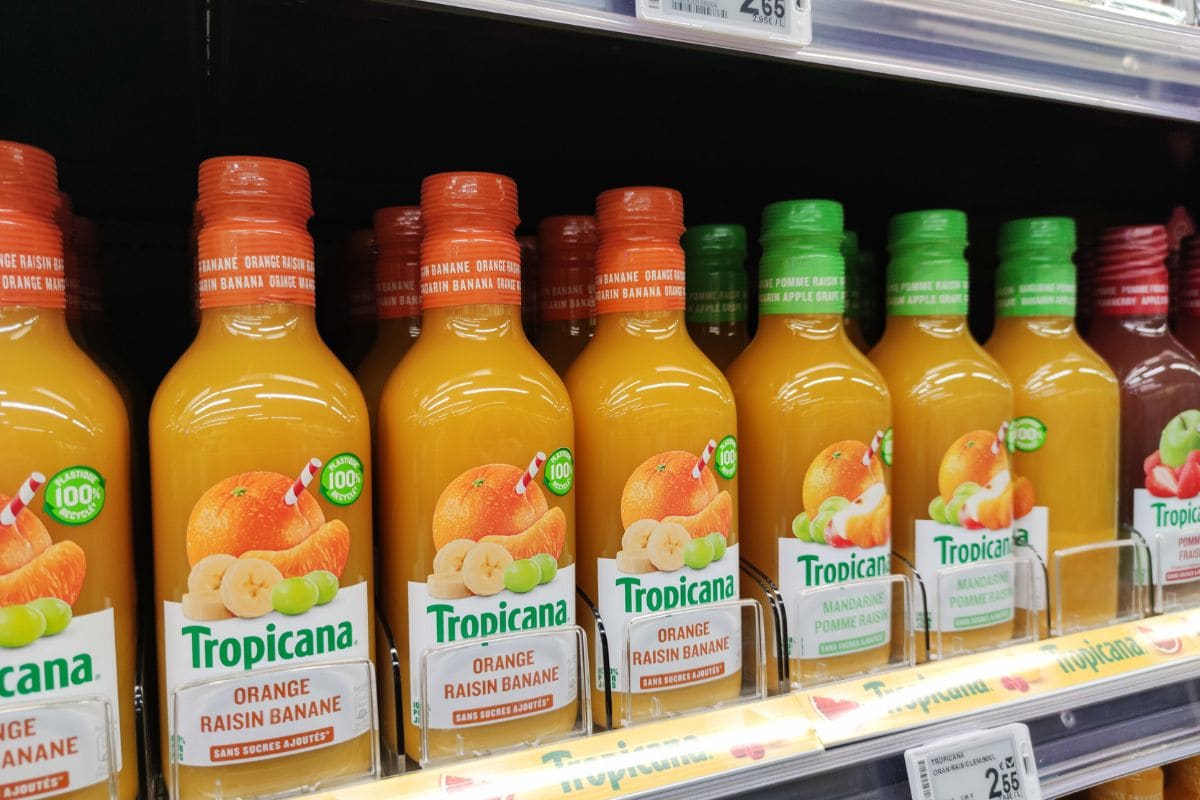
Orange juice used to come in a full half-gallon, but today, many cartons have shrunk to 52 ounces instead of 64. Companies like Tropicana and Simply Orange have reduced the volume without adjusting the price accordingly.
Combine that with the rising costs of citrus production, and suddenly, your morning glass of OJ costs significantly more per sip. Fewer ounces for the same price? A sour deal, indeed.
Related Post: Are You Guilty of These Terrible Kitchen Habits?
9. Pasta Boxes
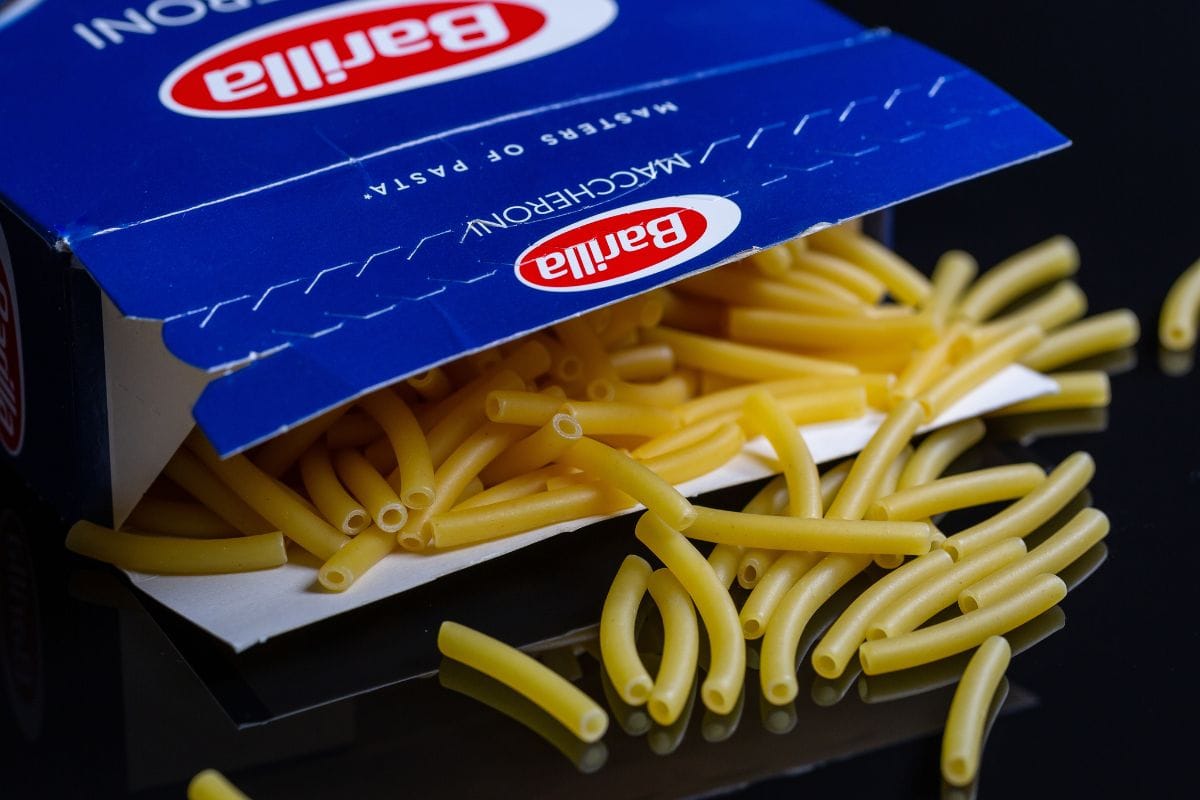
If you’ve noticed that your spaghetti dinners aren’t stretching as far as they used to, you’re not alone. Pasta brands like Barilla and Ronzoni have trimmed their standard boxes from 16 ounces to 12 or 14 ounces, making it harder to get multiple meals out of one box.
Meanwhile, prices per box have stayed the same or even increased. That means more spending for the same hearty comfort meal.
Related Post: The 15 Worst Snacks Consumers Are Still Buying
10. Butter Sticks

Butter has long been a staple in American kitchens, but even this simple ingredient has fallen victim to shrinkflation. Some brands have adjusted their sticks to be slightly thinner or shorter while maintaining the same packaging design.
Meanwhile, the cost of dairy has driven butter prices up, meaning you’re paying more for less spreadable goodness. It’s a subtle change, but one that bakers and butter lovers have definitely noticed.
Sign up now to receive our exclusive e-cookbook filled with top-rated recipes for FREE!
Final Thoughts

Shrinkflation is a sneaky way for food companies to offset rising production costs without explicitly raising prices. While consumers might not immediately notice smaller portions, the impact on wallets is undeniable.
As grocery prices continue to rise, it’s important to pay attention to product weights and quantities, comparing unit prices rather than just the sticker price. While we can’t stop food companies from downsizing, we can make smarter shopping choices to get the best value for our money.
Disclaimer: This list is solely the author’s opinion based on research and publicly available information.
12 Budget-Friendly Recipes That Stretch Your Grocery Dollar

When it comes to saving money without sacrificing flavor, the key is finding recipes that maximize simple, affordable ingredients. Packed with bold flavors and clever cooking techniques, each dish stretches your dollar while satisfying your taste buds.
Read it here: 12 Budget-Friendly Recipes That Stretch Your Grocery Dollar
12 One-Pot Meals Perfect for Busy Retirees

Retirement brings the joy of time and freedom, but it also brings the challenge of keeping meals easy, delicious, and not too time-consuming. Whether you’re cooking for yourself or sharing meals with family, these 12 one-pot meals will help keep the kitchen stress-free without compromising on flavor.
Read it here: 12 One-Pot Meals Perfect for Busy Retirees
Is Walmart+ Still Worth It in 2025? The Truth After 3 Years

Could you be missing out on major savings and life-changing convenience? After three years with Walmart+, I’m sharing the honest truth about what’s worth it—and what’s not. Don’t sign up (or skip out!) without reading this first!
Read it here: Is Walmart+ Worth It? Honest Review 3 Years Later!
You’ll love these related posts:
